Home>Home Appliances>Laundry Appliances>How To Use A Portable Washing Machine


Laundry Appliances
How To Use A Portable Washing Machine
Modified: August 17, 2024
Learn how to efficiently use a portable washing machine for your laundry needs. Discover tips and tricks for maximizing the performance of laundry appliances.
(Many of the links in this article redirect to a specific reviewed product. Your purchase of these products through affiliate links helps to generate commission for Storables.com, at no extra cost. Learn more)
Introduction
Portable washing machines have revolutionized the way we do laundry, offering convenience and flexibility for those living in smaller spaces or on the go. These compact yet powerful appliances provide an efficient solution for washing clothes without the need for a traditional, bulky washing machine. Whether you reside in a small apartment, dormitory, RV, or are simply looking for a versatile laundry option, a portable washing machine can be a game-changer.
In this comprehensive guide, we will delve into the ins and outs of using a portable washing machine, from setting it up to maintaining it for long-term use. By the end of this article, you will have a clear understanding of how to maximize the benefits of this innovative laundry appliance.
Portable washing machines come in various sizes and designs, catering to different needs and preferences. Some models are top-loading, while others are front-loading, and they typically have a capacity ranging from 1.5 to 3.5 cubic feet. Despite their compact nature, these machines are equipped with advanced features that allow for efficient cleaning and gentle care for your garments.
Whether you're a frequent traveler, a college student, or someone living in a small home, a portable washing machine offers the convenience of washing your clothes on your own schedule, without the hassle of lugging your laundry to a laundromat or relying on shared laundry facilities. Additionally, these machines are eco-friendly, as they consume less water and energy compared to traditional washers, making them a sustainable choice for environmentally conscious individuals.
As we embark on this journey to explore the world of portable washing machines, you will gain valuable insights into how these appliances can simplify your laundry routine and provide the flexibility you need to maintain clean and fresh clothes, no matter where life takes you. So, let's dive into the details of setting up, operating, and maintaining your portable washing machine for a seamless and efficient laundry experience.
Key Takeaways:
- Enjoy the convenience of at-home laundry with a portable washing machine, perfect for small spaces and on-the-go lifestyles. It’s eco-friendly, easy to set up, and offers personalized laundry cycles for cleaner clothes.
- Maximize the efficiency of your portable washing machine by mastering the control panel, loading laundry systematically, adding detergent and water properly, and following the wash cycle for optimal cleaning results. Regular maintenance ensures long-term performance.
Read more: Kenmore Washer How To Use
Setting Up Your Portable Washing Machine
Setting up your portable washing machine is the first step toward enjoying the convenience of at-home laundry without the need for a traditional washer. The process is relatively straightforward, and with a few simple guidelines, you can have your machine up and running in no time.
-
Selecting the Location: Choose a suitable location for your portable washing machine. It should be near a power outlet and a water source, such as a sink. Ensure that the surface is level and stable to prevent any imbalance during operation.
-
Connecting the Hoses: Most portable washing machines come with inlet and outlet hoses. Connect the inlet hose to the faucet or sink tap, ensuring a secure fit to prevent leaks. The outlet hose should be positioned to drain into a sink or bathtub.
-
Powering Up: Plug the washing machine into a grounded electrical outlet. Ensure that the voltage requirements match the power supply to avoid any electrical issues.
-
Stabilizing the Machine: If your portable washing machine is equipped with adjustable feet, adjust them to stabilize the unit on the floor. This step is crucial to prevent excessive vibration during the wash cycle.
-
Checking for Leaks: Before using the machine, run a quick test cycle to check for any leaks or irregularities in the water supply and drainage. This precautionary measure helps identify and address any potential issues before washing your laundry.
-
Understanding the Controls: Familiarize yourself with the control panel and settings of your portable washing machine. Different models may have varying wash cycles, water levels, and spin speeds. Understanding these features will enable you to customize the wash according to your laundry needs.
By following these steps, you can effectively set up your portable washing machine and prepare it for seamless operation. Once the machine is in place and properly connected, you'll be ready to tackle your laundry with ease and convenience, right from the comfort of your own space.
Using the Control Panel
The control panel of a portable washing machine serves as the command center for customizing your laundry cycles to suit different fabric types and soil levels. Understanding how to navigate and utilize the control panel is essential for maximizing the efficiency and effectiveness of your washing machine.
Upon inspecting the control panel, you will typically find a range of settings and options designed to accommodate various laundry needs. These may include wash cycle selections, water level adjustments, spin speed settings, and additional functions such as pre-soak or extra rinse. Familiarizing yourself with these controls empowers you to tailor each wash to the specific requirements of your garments.
The wash cycle settings on the control panel allow you to choose the appropriate cycle duration and intensity for your laundry. Common options may include normal, gentle, quick, and heavy-duty cycles, each designed to handle different types of fabrics and levels of soil. By selecting the most suitable cycle, you can ensure that your clothes receive the ideal treatment for optimal cleaning while minimizing wear and tear.
Adjusting the water level is another crucial aspect of using the control panel. Portable washing machines offer flexibility in this regard, allowing you to conserve water for smaller loads or increase the water level for larger or heavily soiled items. This customization ensures that your clothes are washed efficiently without excessive water usage, contributing to both cost savings and environmental sustainability.
Spin speed settings on the control panel dictate how fast the drum rotates during the spin cycle. Higher spin speeds facilitate better water extraction, resulting in shorter drying times and reduced moisture retention in your clothes. However, for delicate fabrics, a lower spin speed may be preferred to prevent damage and excessive wrinkling.
In addition to basic wash settings, some portable washing machines feature extra functions such as pre-soak or extra rinse. These options provide enhanced care for heavily soiled items or individuals with sensitive skin, ensuring thorough cleaning and rinsing to meet specific preferences and requirements.
By mastering the control panel of your portable washing machine, you gain the ability to tailor each wash cycle to the unique needs of your laundry, ultimately achieving cleaner clothes with minimal effort and maximum efficiency. This understanding empowers you to make the most of your portable washing machine, transforming the chore of laundry into a simple and personalized experience.
Loading Your Laundry
Loading your laundry into a portable washing machine requires a systematic approach to ensure optimal cleaning results and the preservation of your garments. By following these steps, you can effectively prepare your laundry for a thorough and efficient wash cycle.
-
Sorting Your Laundry: Before loading the clothes into the washing machine, it's essential to sort them based on color, fabric type, and level of soiling. This practice prevents color bleeding and ensures that delicate items are treated with the appropriate care. Separating whites, colors, and darks helps maintain the vibrancy of your garments and minimizes the risk of discoloration.
-
Checking for Stains: Inspect each garment for stains or soiled areas that require pre-treatment. Addressing stains before loading the laundry into the machine increases the likelihood of successful stain removal during the wash cycle. Apply a suitable stain remover or pre-treatment solution to targeted areas, allowing it to penetrate the fabric before washing.
-
Avoiding Overloading: While portable washing machines offer convenience in smaller living spaces, it's important not to overload the drum with an excessive amount of laundry. Overcrowding the machine can hinder the washing and rinsing process, leading to subpar cleaning results and potential damage to the appliance. Follow the manufacturer's guidelines regarding load capacity to ensure optimal performance.
-
Arranging Garments: When loading the laundry, distribute the garments evenly around the drum to maintain balance during the wash cycle. This practice minimizes vibration and noise, promoting a smoother and more effective washing process. Additionally, placing larger items at the bottom and lighter items on top helps prevent tangling and ensures thorough cleaning for all pieces.
-
Considering Fabric Care Labels: Pay attention to the care labels on your garments to determine the appropriate wash cycle and water temperature. Different fabrics require specific treatment to maintain their quality and longevity. By adhering to the recommended care instructions, you can safeguard your clothes from potential damage and shrinkage, while ensuring they receive the gentle care they deserve.
By adhering to these guidelines, you can optimize the loading process for your portable washing machine, setting the stage for a successful and efficient laundry cycle. This attention to detail and garment preparation contributes to superior cleaning outcomes and the preservation of your clothing, ultimately enhancing the overall laundry experience.
Adding Detergent and Water
Adding detergent and water to your portable washing machine is a critical step in ensuring the cleanliness and freshness of your laundry. By following the proper procedures and using the appropriate products, you can optimize the washing process and achieve outstanding results.
When it comes to selecting the right detergent for your portable washing machine, it's essential to choose a high-quality, low-sudsing detergent specifically formulated for use in compact washers. These detergents are designed to produce minimal suds, preventing excessive foam buildup that could potentially disrupt the machine's operation. Additionally, they are effective in thoroughly cleaning your clothes while being gentle on the appliance.
Before adding the detergent, it's advisable to check the manufacturer's guidelines regarding the recommended amount for your specific machine and load size. Overloading the machine with excessive detergent can lead to soap residue on your clothes and within the washer, potentially causing malodorous buildup over time. Conversely, using too little detergent may result in inadequate cleaning, especially for heavily soiled items.
Once you've determined the appropriate amount of detergent, add it to the designated dispenser or directly into the drum, depending on your machine's configuration. Avoid pouring the detergent directly onto the clothes, as this may lead to uneven distribution and potential staining. By following the manufacturer's instructions and using the correct amount of detergent, you can ensure that your clothes receive the optimal cleaning power without any detergent-related issues.
In terms of water usage, portable washing machines offer flexibility in adjusting the water level to suit the size of your load. It's important to add the water before loading the laundry to ensure an even distribution of water and detergent throughout the drum. Most machines are equipped with clear markings or indicators to guide you in determining the appropriate water level based on the load size, allowing for efficient water usage and effective cleaning.
By carefully adding the detergent and water according to the recommended guidelines, you set the stage for a successful and thorough wash cycle. This attention to detail and adherence to proper procedures contribute to the overall effectiveness of your portable washing machine, ensuring that your clothes emerge clean, fresh, and ready for the next steps in the laundry process.
Read more: How To Use A Whirlpool Washing Machine
Running the Wash Cycle
Initiating the wash cycle on your portable washing machine marks the pivotal moment when the cleaning process begins. This phase encompasses a series of carefully orchestrated steps that culminate in the thorough cleansing of your laundry. By following the prescribed procedures and making informed selections, you can ensure that your clothes receive the optimal treatment for a pristine outcome.
To commence the wash cycle, begin by closing the lid or door of the washing machine, depending on the model. This action initiates the cycle and sets the machine in motion to deliver a comprehensive cleaning performance. Once the cycle is activated, the drum begins to fill with water, creating the ideal environment for the detergent to dissolve and penetrate the fabrics.
As the water fills the drum, the selected wash cycle comes into play, dictating the duration, agitation, and soaking periods tailored to the specific needs of your laundry. Whether you opt for a gentle cycle for delicate items or a heavy-duty cycle for heavily soiled clothes, the machine orchestrates a choreographed sequence of movements and pauses to ensure thorough cleaning without compromising the integrity of your garments.
Throughout the wash cycle, the machine's internal mechanisms work in harmony to agitate the clothes, allowing the detergent-infused water to penetrate the fibers and dislodge dirt and grime. This dynamic process is complemented by intermittent soaking periods, during which the laundry is immersed in the cleansing solution, facilitating the breakdown of stains and soil for effective removal.
As the cycle progresses, the machine advances to the rinsing stage, where it expels the soapy water and introduces fresh water to thoroughly rinse the clothes. This step is crucial in eliminating any residual detergent and ensuring that your garments emerge clean and free from any cleansing agents. The machine's adept handling of the rinsing process contributes to the overall freshness and cleanliness of your laundry.
Upon completion of the wash cycle, the machine transitions to the spin cycle, where the drum spins at a high speed to extract excess water from the clothes. This centrifugal force expels moisture from the fabrics, reducing drying time and facilitating the subsequent drying process. The efficient water extraction achieved during the spin cycle sets the stage for expedited drying, allowing you to move seamlessly to the next phase of the laundry routine.
By understanding and overseeing the intricacies of the wash cycle, you play an active role in ensuring that your portable washing machine delivers exceptional cleaning results. This engagement with the process empowers you to maintain the quality and longevity of your clothes, while enjoying the convenience and efficiency that a portable washing machine offers.
Draining and Drying Your Clothes
Once the wash cycle is complete, the next crucial steps involve draining the water from the machine and preparing your clothes for the drying process. These essential tasks ensure that your garments emerge clean, fresh, and ready to be worn or stored.
Draining the Water
After the wash and rinse cycles have concluded, it's time to drain the water from the washing machine. Most portable washers are equipped with a drainage hose that expels the used water into a sink or bathtub. To initiate the draining process, simply position the hose over the designated drainage area and release the clamp or plug to allow the water to flow out. It's important to ensure that the drainage location is suitable and easily accessible to prevent any spillage or inconvenience during this step.
Removing the Laundry
Once the water has been drained, carefully remove the freshly washed laundry from the machine. Exercise caution when handling wet clothes to prevent dripping and potential water damage to the surrounding area. If your portable washing machine features a spin cycle, the efficient water extraction during this phase significantly reduces the moisture content in the clothes, expediting the subsequent drying process.
Read more: Maytag Commercial Washer How To Use
Preparing for Drying
Before transferring the clothes to the drying area, it's advisable to give them a brief shake to separate any tangled items and promote better airflow during drying. If you plan to air-dry your laundry, consider using a drying rack or clothesline to hang the garments, allowing them to air out and dry naturally. For those utilizing a traditional dryer, promptly transfer the clothes to the machine to capitalize on the residual warmth and expedite the drying process.
Drying Techniques
The choice of drying technique largely depends on individual preferences and available resources. Air-drying offers a gentle and energy-efficient approach, allowing the clothes to dry naturally while minimizing potential shrinkage and fabric wear. Alternatively, using a dryer provides a convenient and rapid drying solution, particularly beneficial for larger loads or time-sensitive laundry needs. Whichever method you choose, ensure that the clothes are adequately spaced and arranged for optimal drying efficiency.
Ensuring Proper Ventilation
Whether air-drying indoors or utilizing a dryer, it's essential to ensure proper ventilation to facilitate the evaporation of moisture from the clothes. Adequate airflow expedites the drying process and prevents the development of musty odors or mildew. If air-drying indoors, consider opening windows or using fans to enhance air circulation, while ensuring that the drying area is well-ventilated to promote efficient drying.
By meticulously attending to the draining and drying processes, you complete the final stages of the laundry cycle, culminating in clean, fresh, and ready-to-wear garments. These meticulous steps ensure that your clothes receive the care and attention they deserve, allowing you to enjoy the rewards of a successful laundry routine.
Make sure to properly balance the load in the portable washing machine to prevent it from shaking or moving excessively during the wash cycle. This will help to ensure a more effective and efficient cleaning process.
Maintenance and Care Tips
Maintaining your portable washing machine is essential to ensure its longevity and optimal performance. By incorporating regular maintenance and adhering to care guidelines, you can prolong the lifespan of your appliance and continue to enjoy its convenience and efficiency. Here are some valuable maintenance and care tips to keep your portable washing machine in top condition:
-
Cleaning the Interior: Periodically clean the interior of the washing machine to remove any residue or buildup that may accumulate over time. Wipe down the drum and agitator with a mild detergent solution, ensuring thorough rinsing to eliminate any cleaning product remnants.
-
Inspecting Hoses and Connections: Routinely inspect the inlet and outlet hoses for signs of wear, leaks, or blockages. Ensure that the connections are secure and free from obstructions to maintain consistent water flow and drainage during the wash cycles.
-
Managing Detergent Usage: Use the recommended amount of low-sudsing detergent suitable for portable washing machines. Avoid overloading the machine with excess detergent, as this can lead to soap residue buildup and potential malfunctions.
-
Balancing the Load: When loading the machine, distribute the laundry evenly to maintain balance and prevent excessive vibration during operation. Overloading the machine can strain its components and compromise its effectiveness.
-
Ventilation and Airflow: If your portable washing machine is equipped with a vent, ensure that it remains unobstructed to facilitate proper airflow during the drying process. Adequate ventilation promotes efficient drying and prevents moisture-related issues.
-
Storing the Machine: If the washing machine will be unused for an extended period, ensure that it is thoroughly drained and dried to prevent mold or mildew growth. Store the machine in a well-ventilated area to maintain its condition during periods of inactivity.
-
Regular Inspections: Periodically inspect the control panel, buttons, and settings to ensure they are functioning correctly. Address any issues promptly to prevent potential malfunctions and maintain the machine's operational efficiency.
-
Professional Servicing: If you encounter persistent issues or irregularities with the machine's performance, consider seeking professional servicing to address any underlying mechanical or electrical concerns.
By incorporating these maintenance and care tips into your routine, you can uphold the functionality and reliability of your portable washing machine, ensuring that it continues to meet your laundry needs effectively. Regular attention to these aspects contributes to a seamless and trouble-free laundry experience, allowing you to maximize the benefits of your portable washing machine for the long term.
Frequently Asked Questions about How To Use A Portable Washing Machine
Was this page helpful?
At Storables.com, we guarantee accurate and reliable information. Our content, validated by Expert Board Contributors, is crafted following stringent Editorial Policies. We're committed to providing you with well-researched, expert-backed insights for all your informational needs.
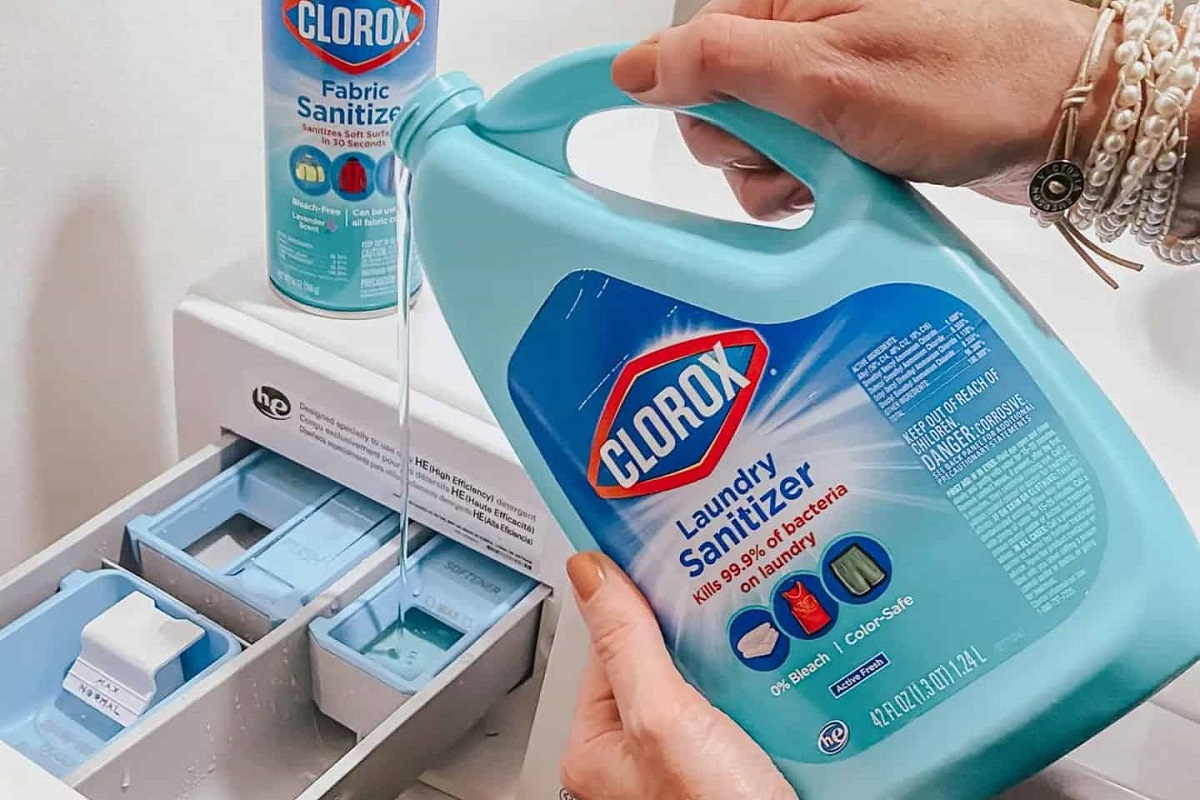
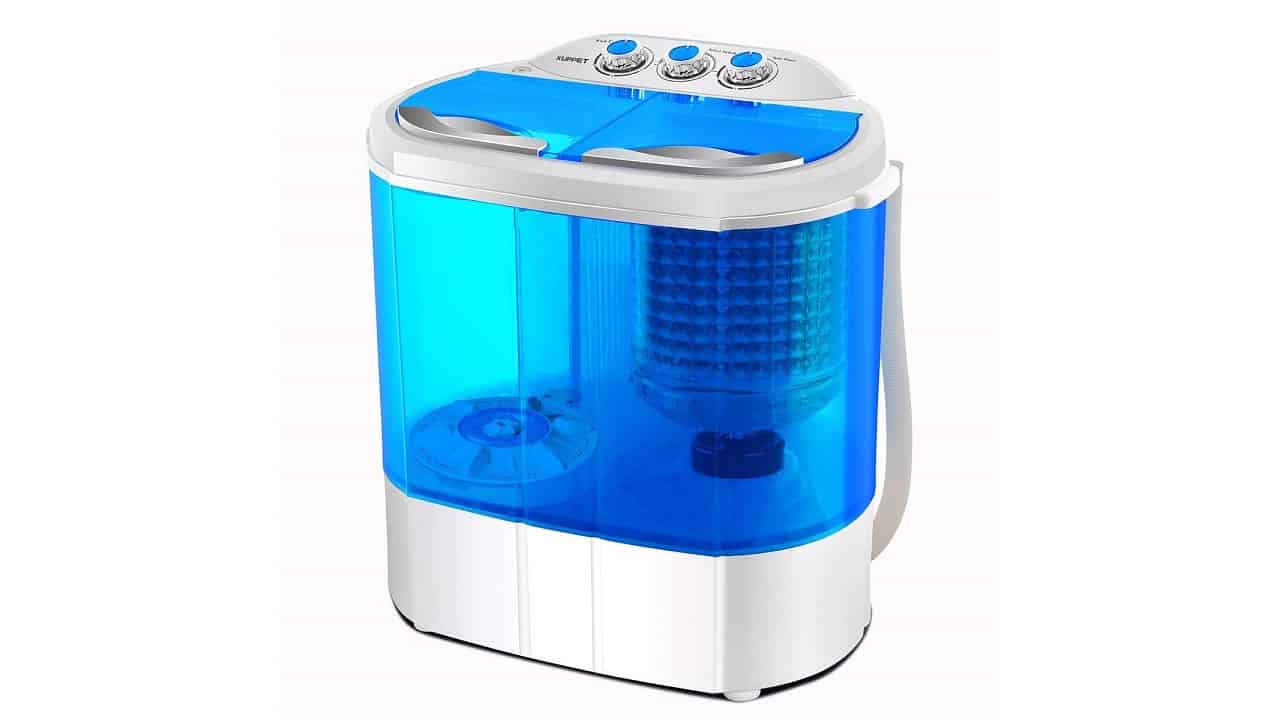
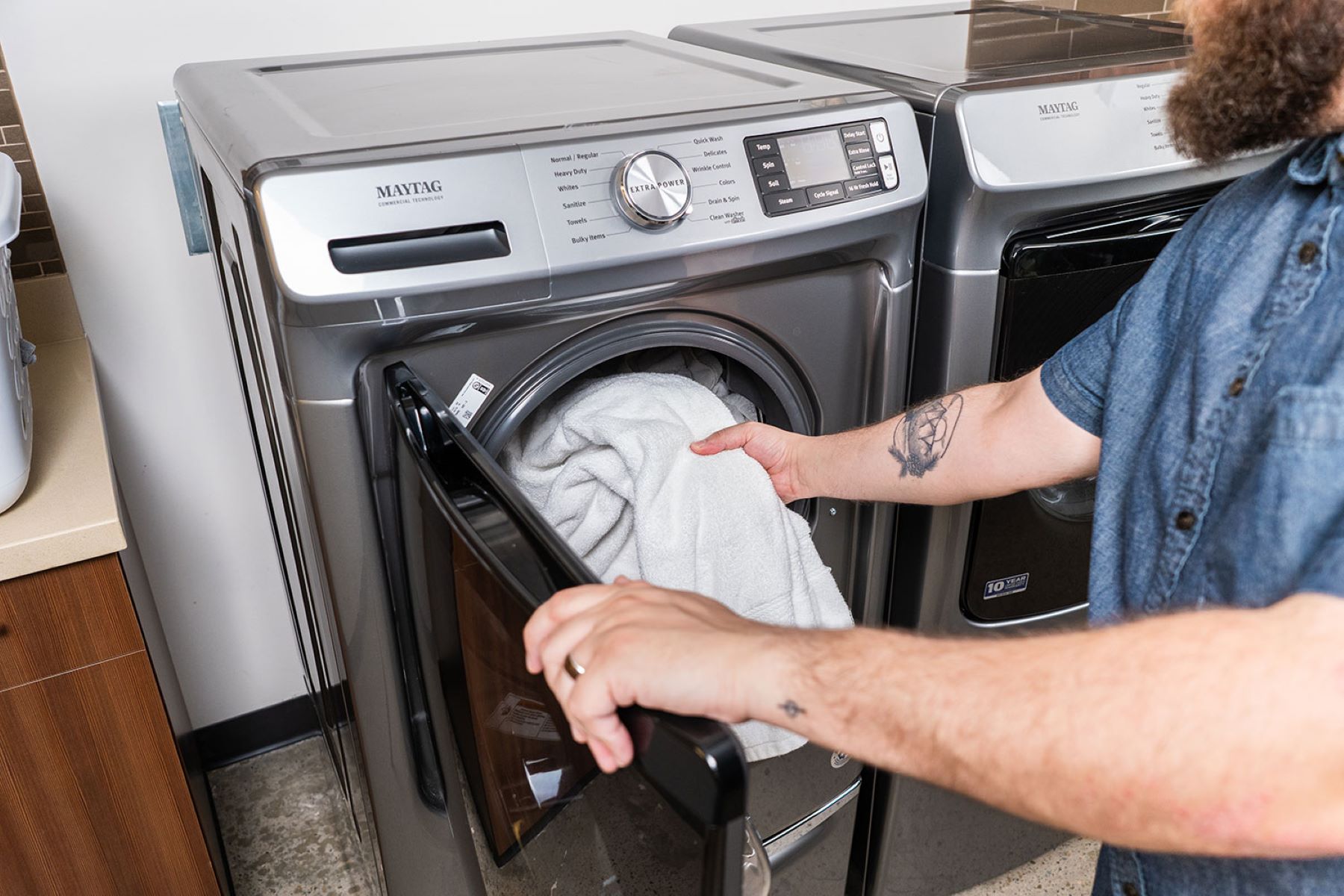
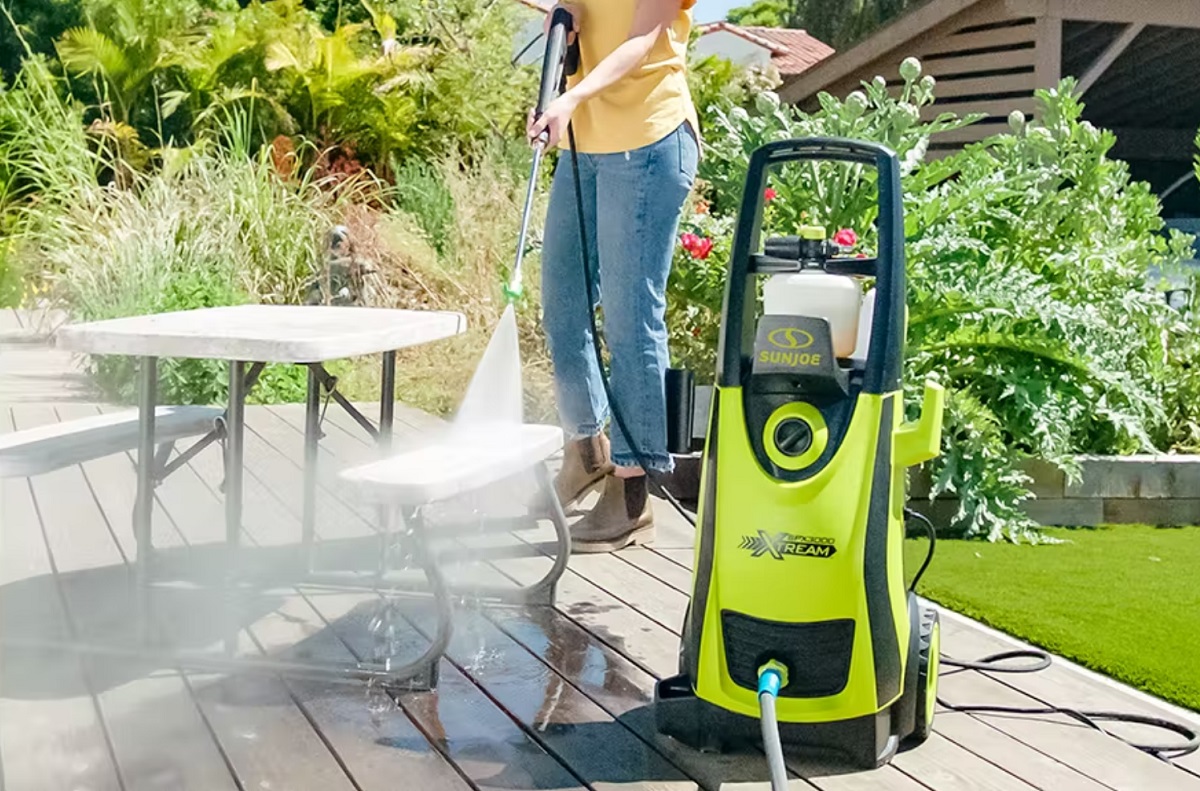



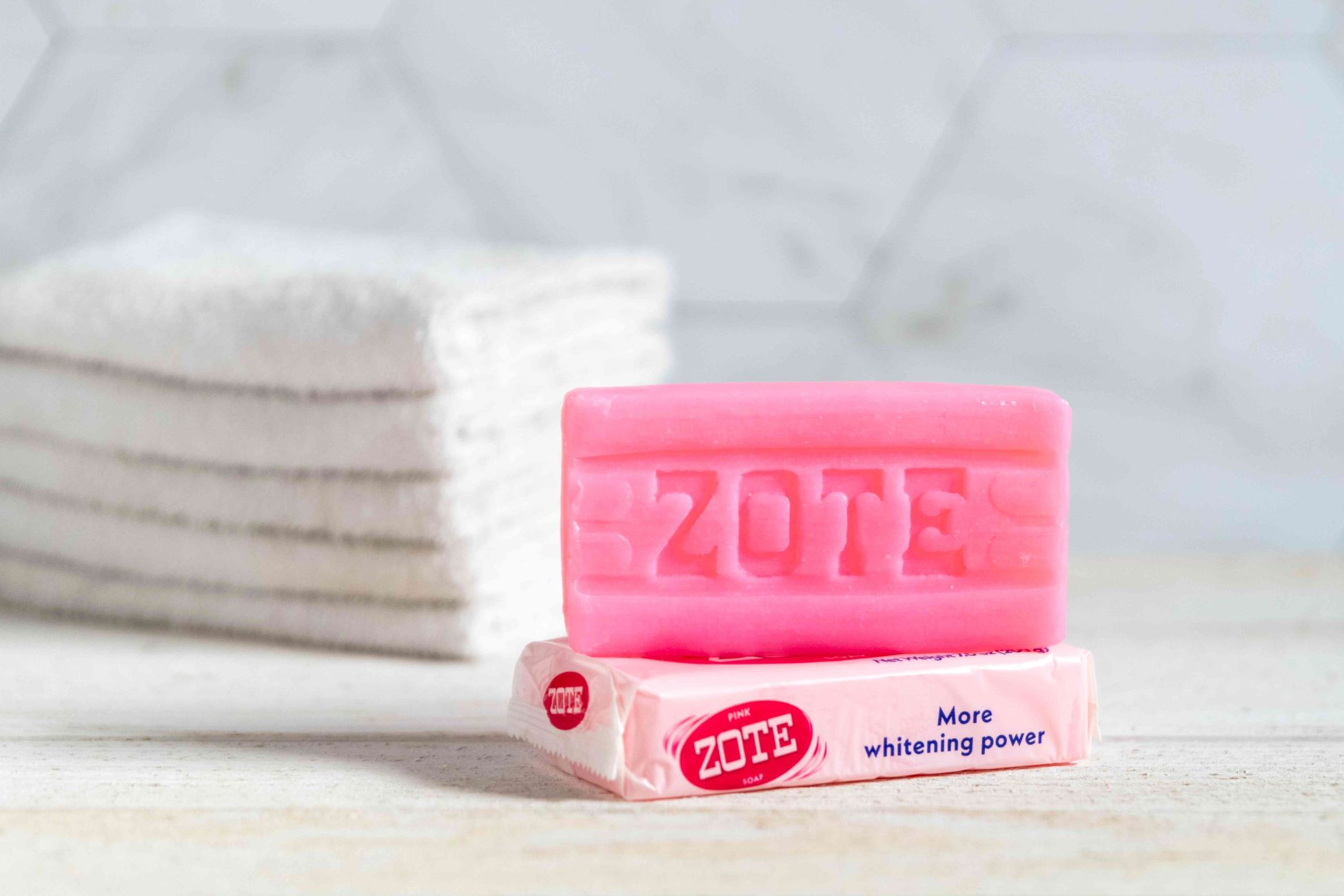
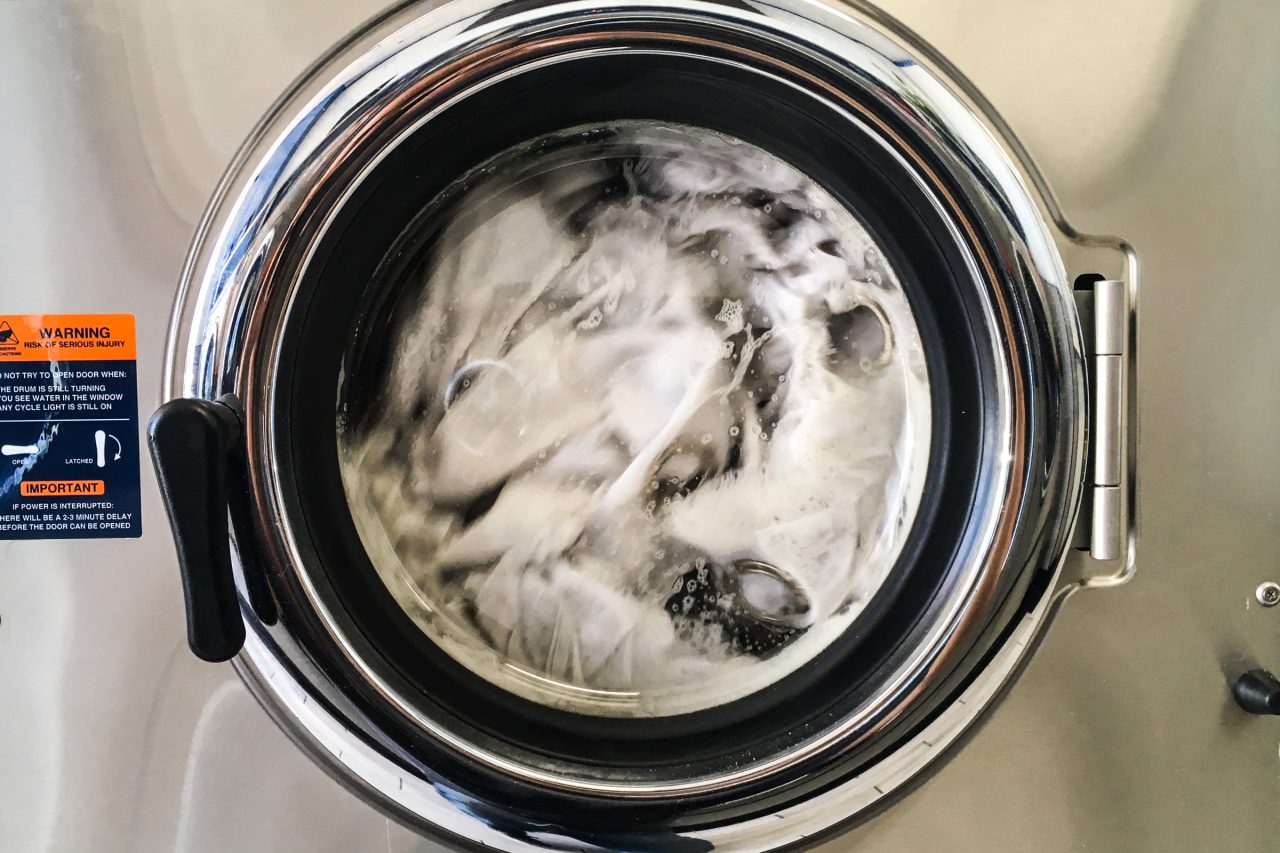
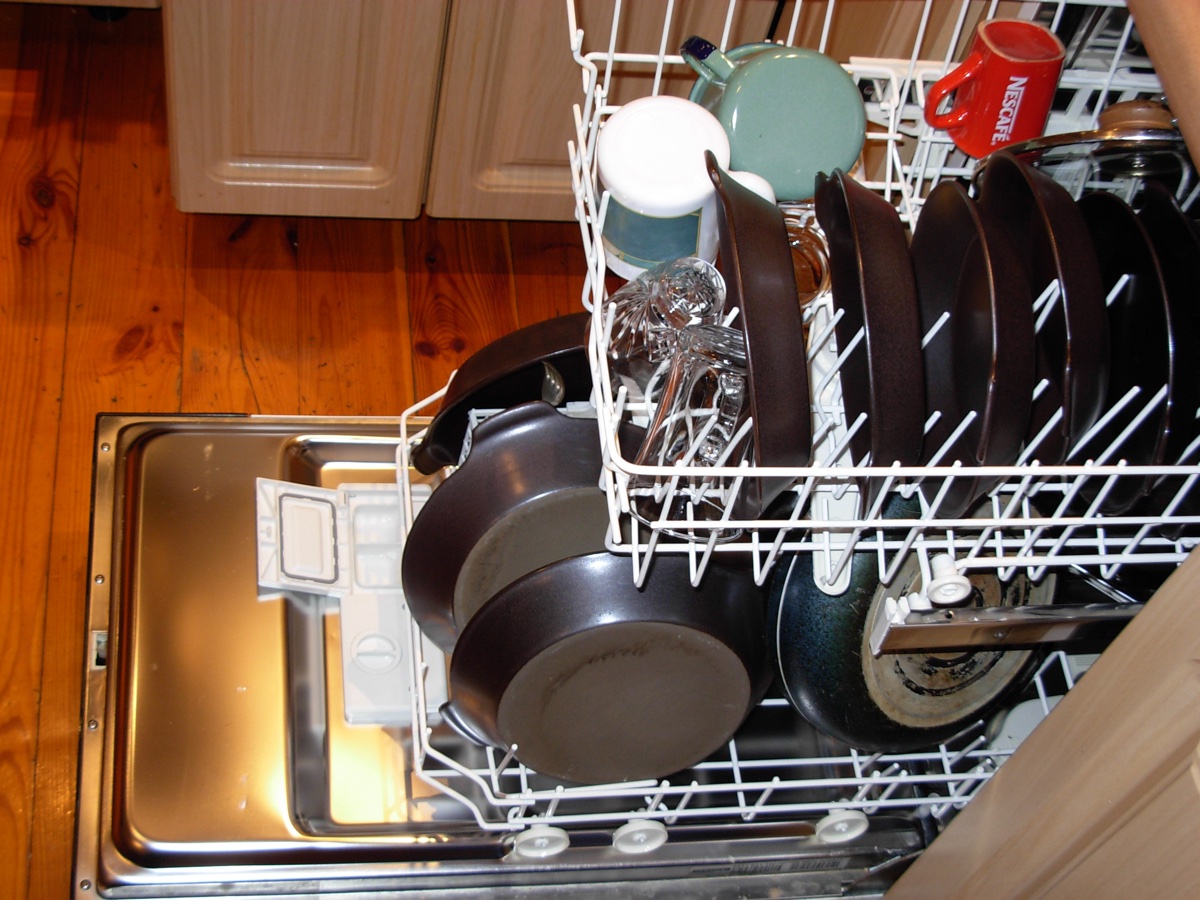
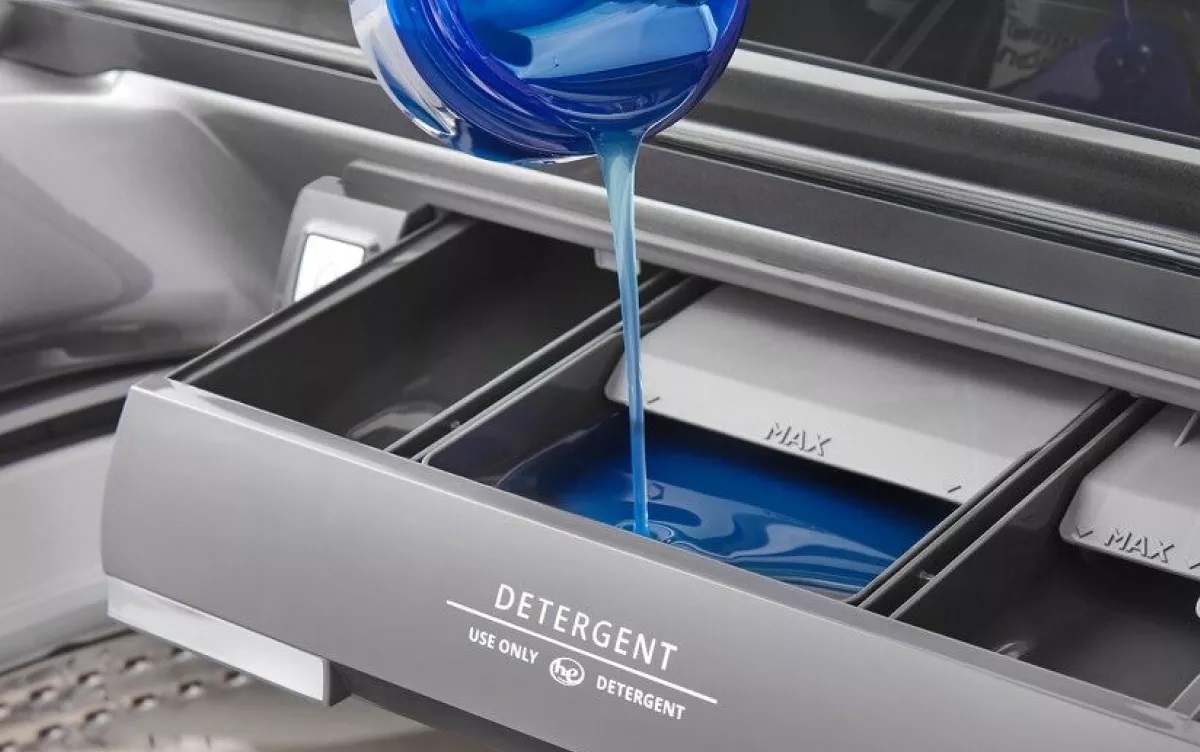
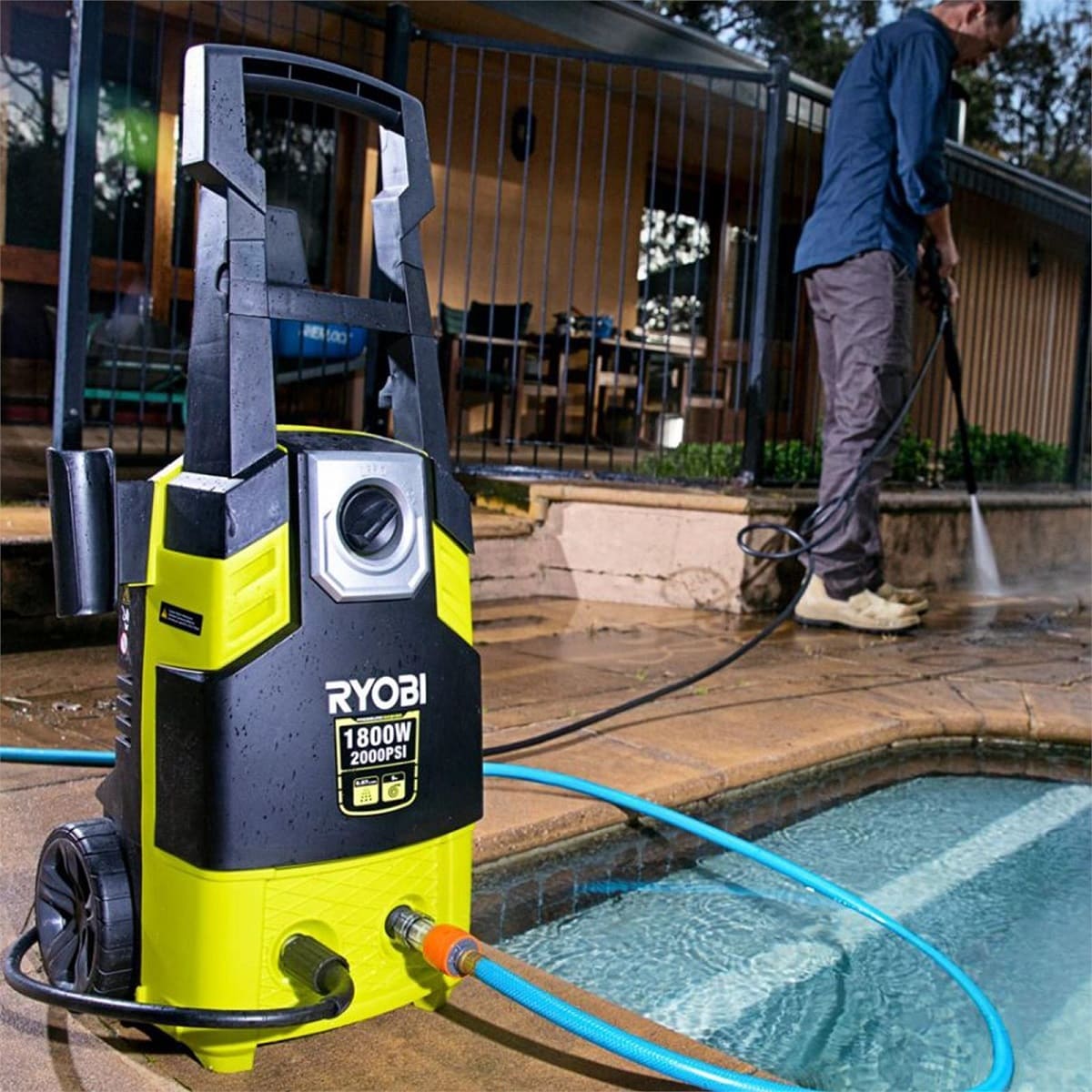


0 thoughts on “How To Use A Portable Washing Machine”